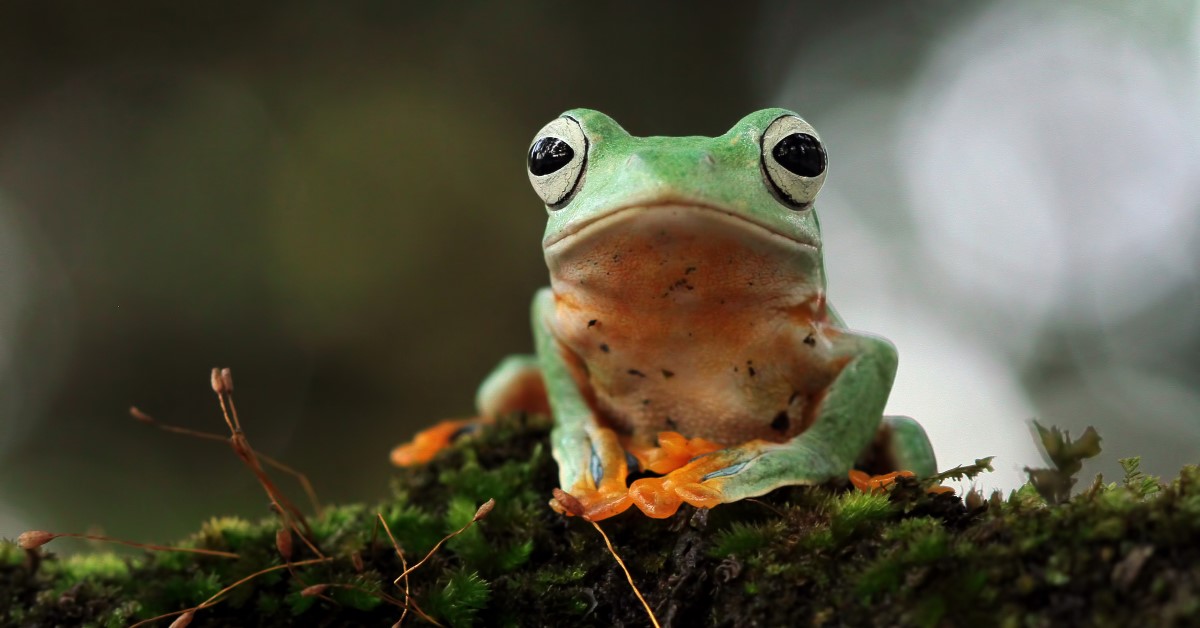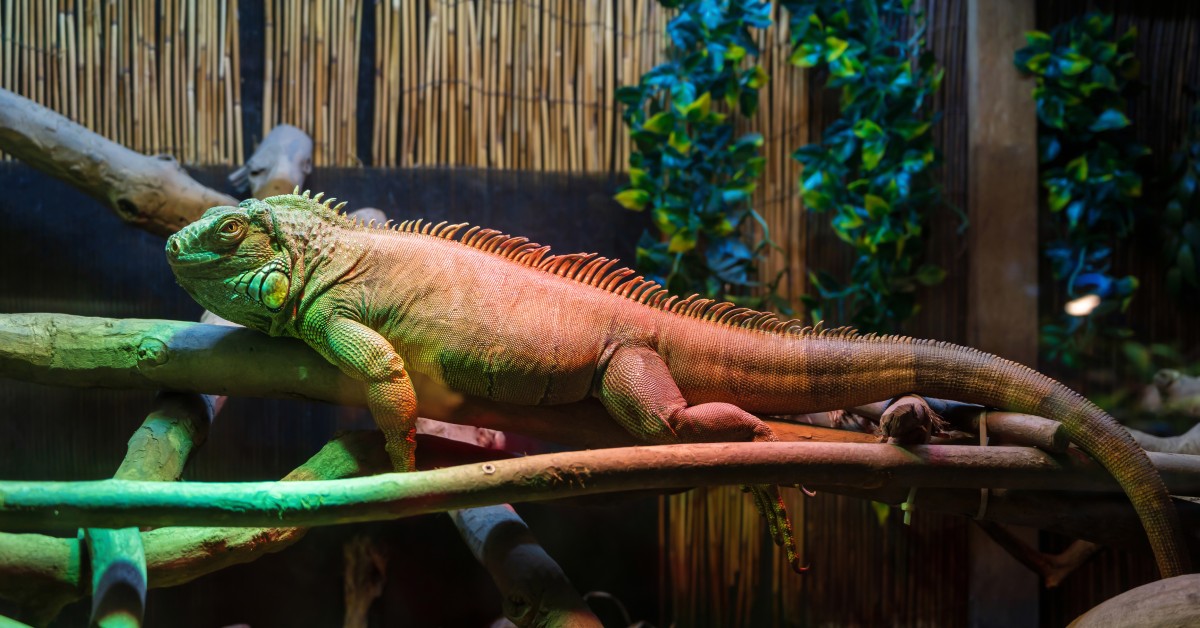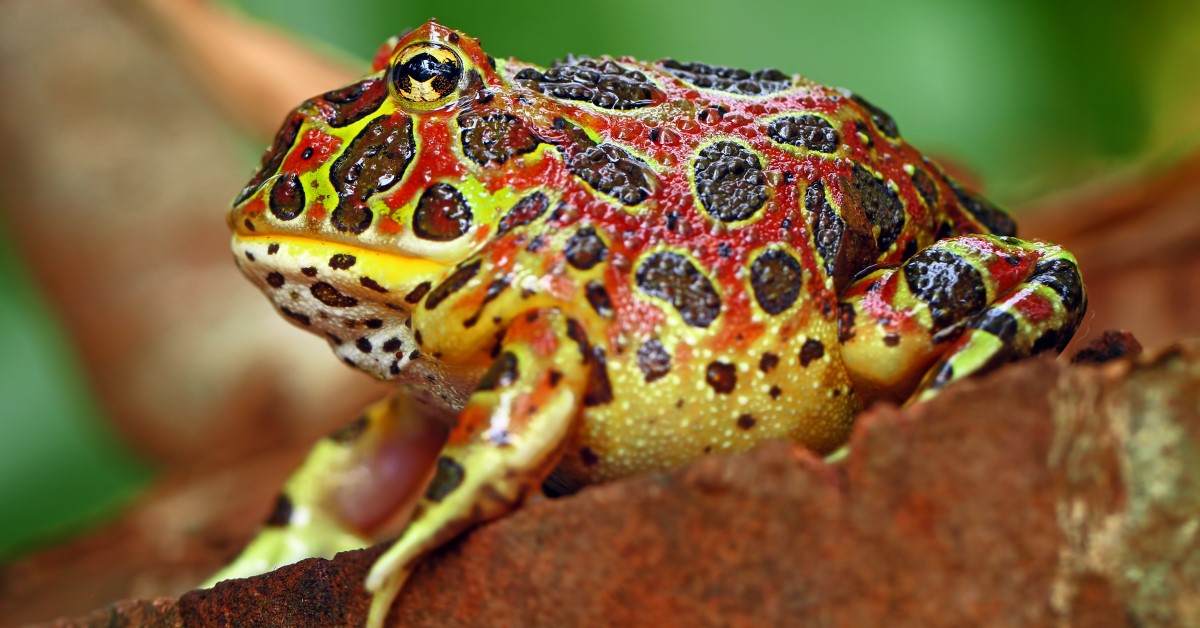Pet Frog Ownership: A Basic Guide
If you've adopted a frog, read this article to learn how to look after these amazing animals properly.

Frogs make great pets for a variety of reasons. In addition to being genuinely fascinating in their own right, these creatures won't leave hair all over your upholstery, bark at the postman, or require daily walks on a leash. However, a pet frog also needs proper care just like any other animal -- and the fact that they differ so much from dogs and cats can prove a stumbling block for first-time owners. Let's take an introductory look at pet frog care so you can give your friend a happy, healthy life.
How to Choose a Pet Frog
If you know nothing about frogs, you might not even have a clear idea about the differences between frogs and toads. Both of these animals count as amphibians, eat a similar diet, and share a general physical resemblance. However, toads tend to have a dry, rough skin, while a frog's skin is usually smooth and damp. Toads also have relatively stubby legs suitable for walking, while the longer legs of a frog give it considerable leaping power.
Once you've decided you definitely want a frog, you still need to choose a species. Several common species, including the Amazon milk frog, American bullfrog, African dwarf frog, the bright-red tomato frog, and South american horned frog (also called the Pacman frog for the way its face puffs up when it eats) have all proven popular with first-time frog owners. Your final choice may come down to your ability and willingness to provide the proper diet and living conditions, which we'll explore below.
Frog Habitat
Any frog you adopt should have plenty of room to move around in. A large frog such as an American bullfrog may require a tank with up to 75 cubic feet of space. Find out in advance how large your frog will grow if it hasn't attained maturity yet.
Expose your frog to at least 12 hours of light per day. Fluorescent lighting is less likely to overheat your frog than incandescent lighting. The ambient temperature requirements can vary widely from one frog to the next. Ask a veterinarian or your local pet shop what temperature range best suits your particular species of frog.
Some frogs spend most of the time in water, while others prefer to live on land or perch in trees. You can't go wrong with a tank habitat that includes both a water source and dry substrate. If you get a tree frog, you'll want an arboreal tank tall enough to accommodate some branches.
Don't forget the bedding as you build your pet frog a new habitat. Gravel makes a safe choice for most species, with the occasional rock, plant, or artificial branch added for variety.
What to Feed Your Pet Frog
Your frog's diet may depend in part on its size. A small frog might get by on a diet of flies, while the largest species can eat goldfish or baby mice without a problem. However, most frogs enjoy crickets, mealworms, and/or grasshoppers. Purchase these food sources from a pet store instead of using their wild equivalents, which may harbor diseases.
If you want to make certain that your pet frog gets all its essential nutrients, feed it a commercial frog food. This food usually comes in the form of pellets. In a pinch, commercial turtle food will also work.
Frog Hygiene and Handling
Even if you never need to change or clean the substrate in your frog's tank, you should make a point of removing any leftover food at the end of each day so it won't attract bacteria. You should also clean the water bowl or other water source regularly. Don't give your frog ordinary tap water; instead, always fill the habitat container with non-chlorinated water.
Frogs can experience stress when people handle them too often. If you do want to handle your pet frog, first put on some disposable gloves and wet them down. This step will keep your hands from transmitting germs or drying out your frog's skin.
When to Consult a Veterinarian
Frogs can suffer from injuries and illnesses just like any other pet. Unfortunately, many vets confine their practice to more common pets such as cats and dogs. That's why you need to find a respected local veterinarian who specializes in exotic animals before you think about adopting a frog.
Schedule an initial wellness exam for your new frog as soon as you adopt it, with yearly or twice-yearly exams to make sure all is well. Your veterinarian will check your frog's weight, look for any problems that need treatment, and advise you on feeding and habitat maintenance. Bring a water sample from your frog's tank so the veterinarian can check its purity.
Certain signals should alert you to bring your frog to the vet for immediate evaluation. Examples include skin lesions, jaw or mouth changes, skin discoloration, loss of appetite or energy, and mobility problems.
Frog Ownership Can Be Fun
If you follow the basic rules of frog ownership by giving your new pet the right habitat, diet, and handling, you may find that you and your frog actually form a close bond. Just commit to providing it with the nicest life possible and giving it whatever wellness care or medical treatment your exotic pet veterinarian recommends.
Ready to start saving money on pet wellness care?
Then take a look at Mint Wellness, the pet wellness plan that provides fast reimbursement on routine pet care. Save on vaccinations, wellness exams, preventatives, dental, and more!
Learn More


